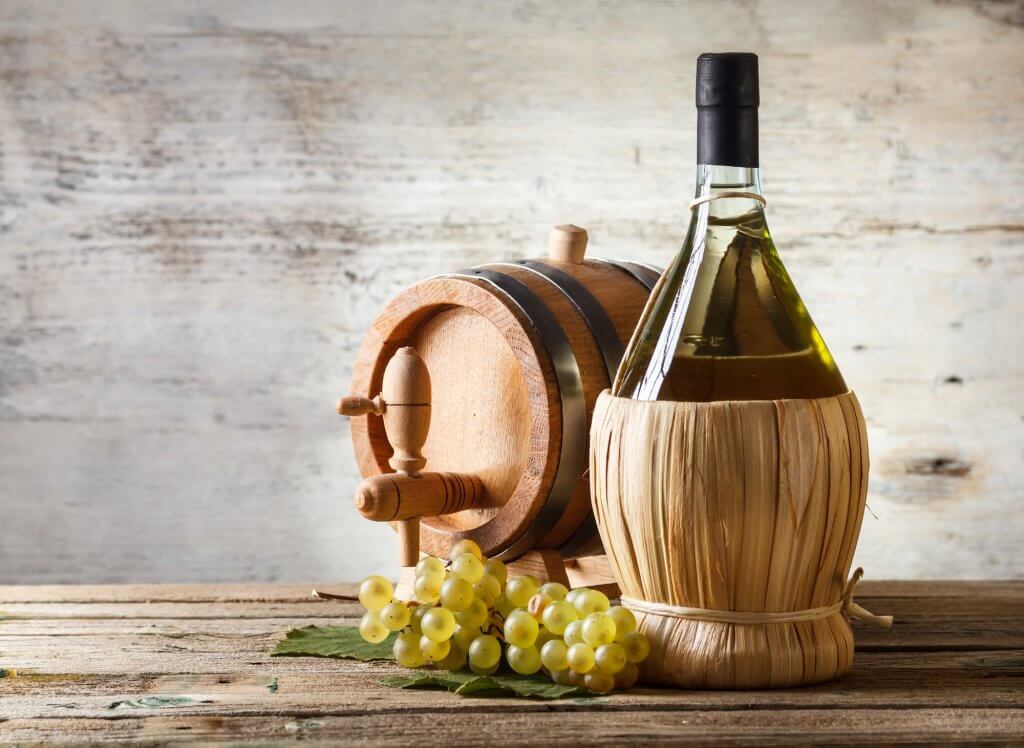Marsala hails from the town of the same name on Italy’s island of Sicily. Over the last few decades, it hit a low few ever thought it could recover from. While it’s often used in cooking with the famed dish of Chicken Marsala stealing hearts everywhere, to drink a bottle of Marsala wine was often seen as a joke.
This fortified wine that would join the ranks of Sherry, Port, and Madeira was made to travel well. The high alcohol content made it appealing for long voyages in the 1770’s. Thanks to a British wine merchant named John Woodhouse, when he found this area ripe for growing grapes, complete with Mediterranean climate and hot, windy summers, it was a match made in heaven.
With all that going for it though, Marsala still fell into a downward spiral. Over 100 cantinas popped open in the early 1900’s and with them, experiments with advanced oxidation techniques and adding artificial colors or flavorings sullied the wine’s esteemed reputation. It took ages to shed this notoriety. Up until now, it was relegated to the status of cheap cooking wine. A bottle of it might in fact be in your pantry now, waiting to deglaze a pan for your next homecooked dinner.
Marsala is now coming back into its well-deserved glory. It’s not the same as what you would only dare to reduce down into your sauces anymore though plenty of those bottles are still in your local supermarket. Should you pour a glass of those to sip over dinner, your palate might never forgive you.
If you look beyond that though, you will find exceptional bottles elegant enough to wow you alongside any meal. Save the supermarket stuff for your dishes. The good Marsala is awaiting your approval.
Marsala has DOC regulations and aging categories, levels of sweetness, and all sorts of complexities to it which can make it intimidating. Especially if you’ve ever sampled that old stuff that made it the joke of the wine world. Marsala DOC has to be made with Catarratto, Grillo, or Inzolia white grapes or Nerello Mascalese, Pignatello, Damaschino and Nero d’Avola red grapes. It’s further categorized by how long it has aged, ‘fine’ being the distinction for a minimum of one year aging, ‘superiore’ for 2 years, ‘superiore riserva’ after 4 years, ‘vergine solera’ after 5 years, and the ultimate ‘vergine solera stravecchio’ which has to be aged for no less than 10 years.
Beyond aging, there are terms to describe the colors and whether it’s dry, semi-sweet, or sweet. The range is incredible and utterly unique. You may catch notes of vanilla, spices, dried figs, balsamic, or bitter almonds. But what you will most certainly notice is it’s not that undrinkable mishmash of that it turned into decades ago.
Marsala is trending again and the only way to experience it is to seek out quality producers. From the classic realm, Cantine Florio and Cantine Pellegrino are notable though newer additions like Marco De Bartoli are worth finding too. Typically, you will find Marsala goes beautifully with desserts and chocolates, particularly of the dark variety, but go bold and try it with aged cheeses or smoked fish to be pleasantly surprised. As it shakes off the rumors now with DOC status to help it climb back into the hearts of wine lovers everywhere, it just might find a place in your heart too.







